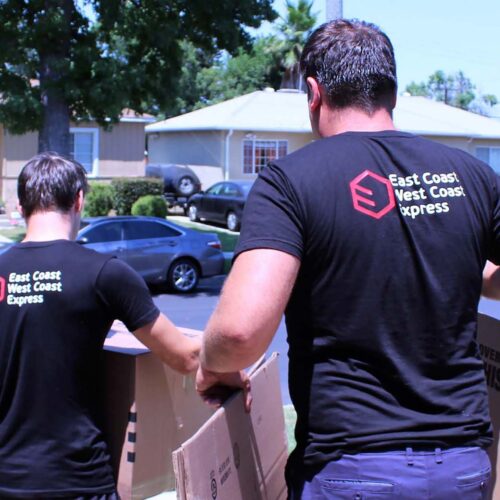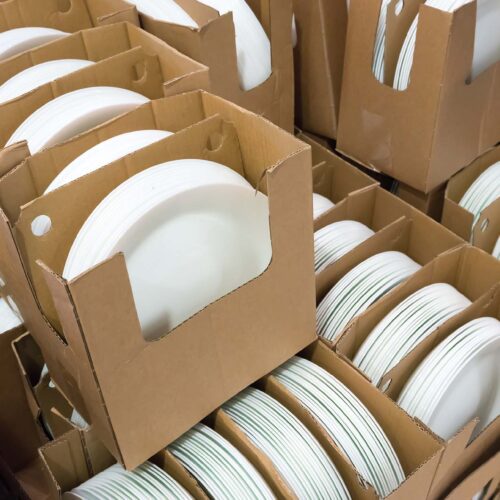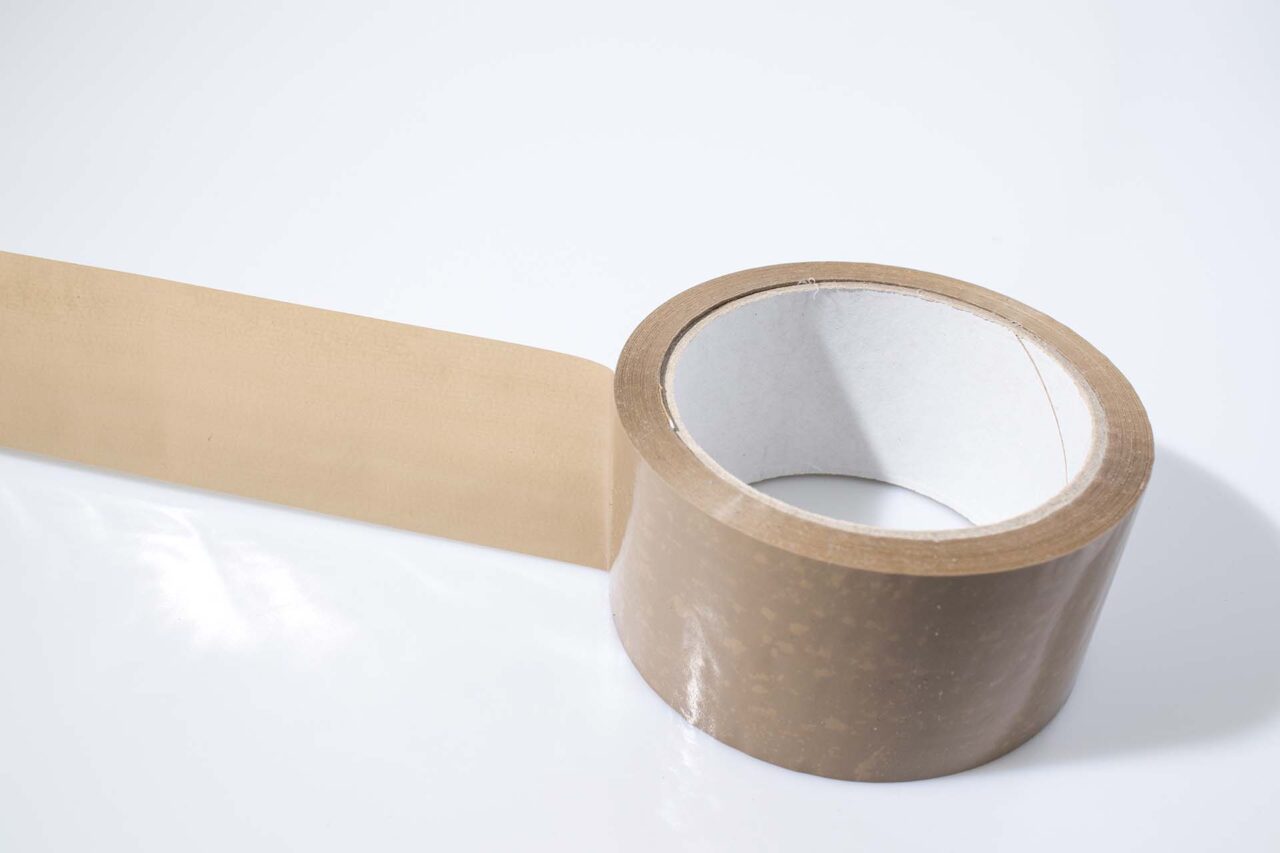

Tape is an essential part of each relocation and every toolbox due to its adhesive abilities. Whether you’re using duct tape, masking tape, or painters tape – you’ll need to know how to remove tape residue as all of them leave the goo. But we’ve got you covered with simple tips that work like a charm.
How Do You Remove Sticky Tape Residue?
One of the moving essentials, the tape is a good friend, but a bad enemy when it comes to removing its residue. It would be ideal to quickly remove the tape, like a band-aid, to avoid most of the goo remaining stuck. But, if there is residue left, there are tips and tricks to remove it with help from things that are on everyone’s household inventory list.
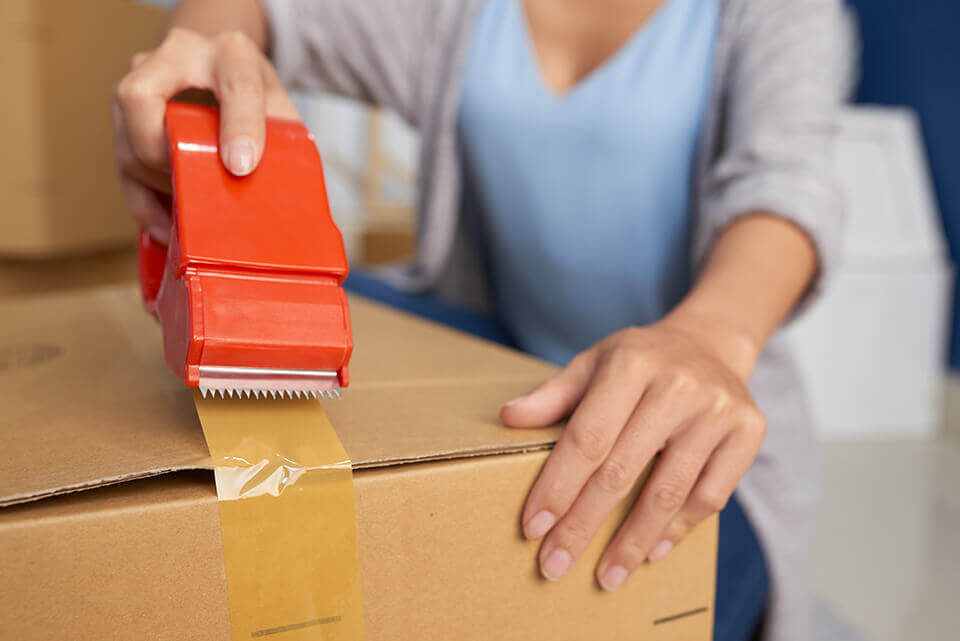 There are simple household items that can help remove the residue.
There are simple household items that can help remove the residue.
Tips and Methods of Removing Duct Tape Residue
There are different approaches to take, depending on the type of material and quantity of the residue. Some have been passed down through generations as household wisdom, and others are either newer additions or products specifically made for such purposes. We’ll start with the simple ones.
Scraping off the Residue Is the Simplest Method
If you haven’t already, try scraping the residue with the dull side of the knife. This is your first option. If there’s not much residue and it’s not stubborn, simple scraping will work. Do it slowly and carefully, especially when working with wood or vinyl, as they are easily damaged.
Try Warm Water and Cleaning Soap
If the scraping didn’t work, wet a sponge or cleaning cloth with hot water and start scrubbing. Hot water should loosen the goo and make it easy to come off. If the water itself won’t do, add some liquid soap and continue scrubbing. You can also add the hair dryer to the combination and blow hot air to the surface for a minute, to loosen up the goo, and then continue scrubbing. This method can be used on non-porous surfaces like glass, wood, marble, porcelain, etc.
If Water Doesn’t Work – Rubbing Alcohol Is Your Next Option
Isopropyl alcohol, or rubbing alcohol, is a powerful tool when it comes to cleaning, but it should be patch-tested first. Apply some alcohol on a small surface, to make sure it won’t damage it. If it doesn’t – cover the gunk with it and wait for it to evaporate. Then, simply rub off the remaining residue. Don’t forget to clean it with water afterward and don’t use alcohol on painted surfaces.
Cooking Spray or Oil
You probably already heard of this method, as removing glue with cooking spray and oil is part of household wisdom that is passed down through generations. Here’s how it works – spray a non-stick cooking spray or pour some vegetable oil over the glue and leave it to sit for about 10 minutes. Then clean off the remaining spray/oil and the glue matter with warm water and a cloth.
 Oil and cooking spray can help you get rid of the adhesive.
Oil and cooking spray can help you get rid of the adhesive.
If All Else Fails, Bring in the Pros – Goo Gone or WD40
If none of these household cleaning tips worked, it’s time to bring in the pros for removing the tape residue. You can look for Goo Gone or WD40 in your hardware store or order it online if you are living in the suburbs. These are products specifically designed to remove the glue and both of them work in the same way – you apply them to the surface, wait a couple of minutes, and rub the residue off.
How Do You Remove Sticky Tape Residue from Wood?
You can use any of the methods above, just be extra careful when scraping and don’t dip any kind of wood into water or leave water on wood for prolonged periods. Don’t use oil or other lubricants on unfinished woods and stay clear from acetone.
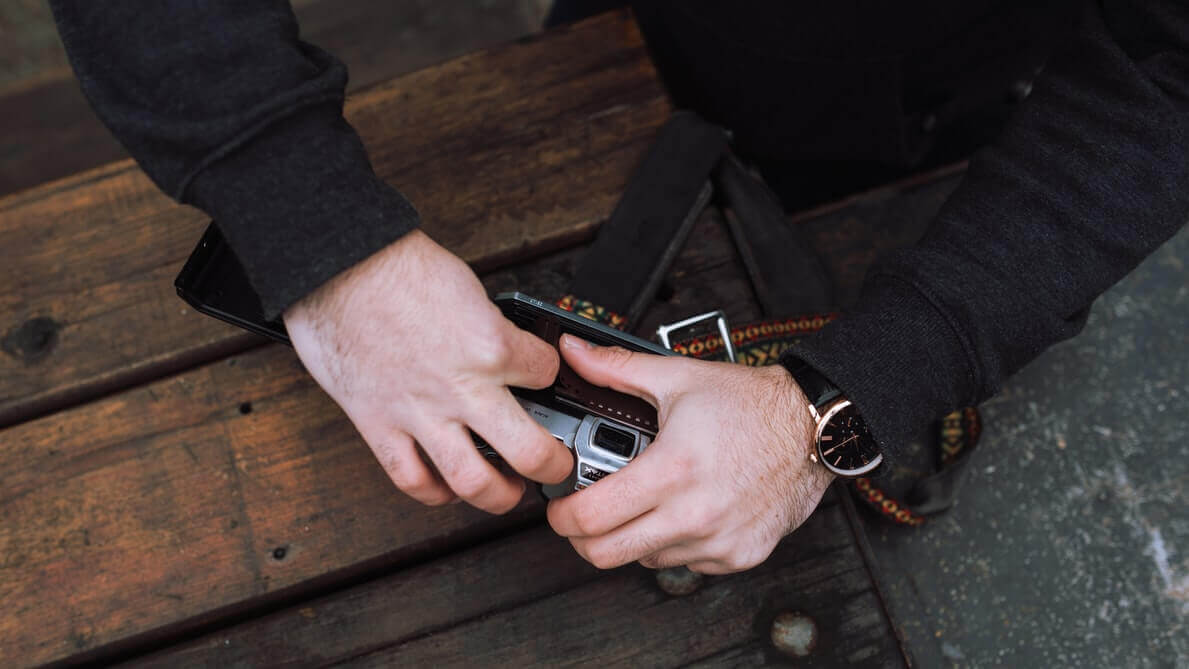 Be careful when dealing with wood as it is sensititve.
Be careful when dealing with wood as it is sensititve.
How Do You Remove Tape Residue from Metal?
Metal is strong and durable, so you can also use any of these options on metal. Don’t use acetone on metal, though, or any painted surfaces. And be sure to patch-test the alcohol first. Also, be careful with scraping.
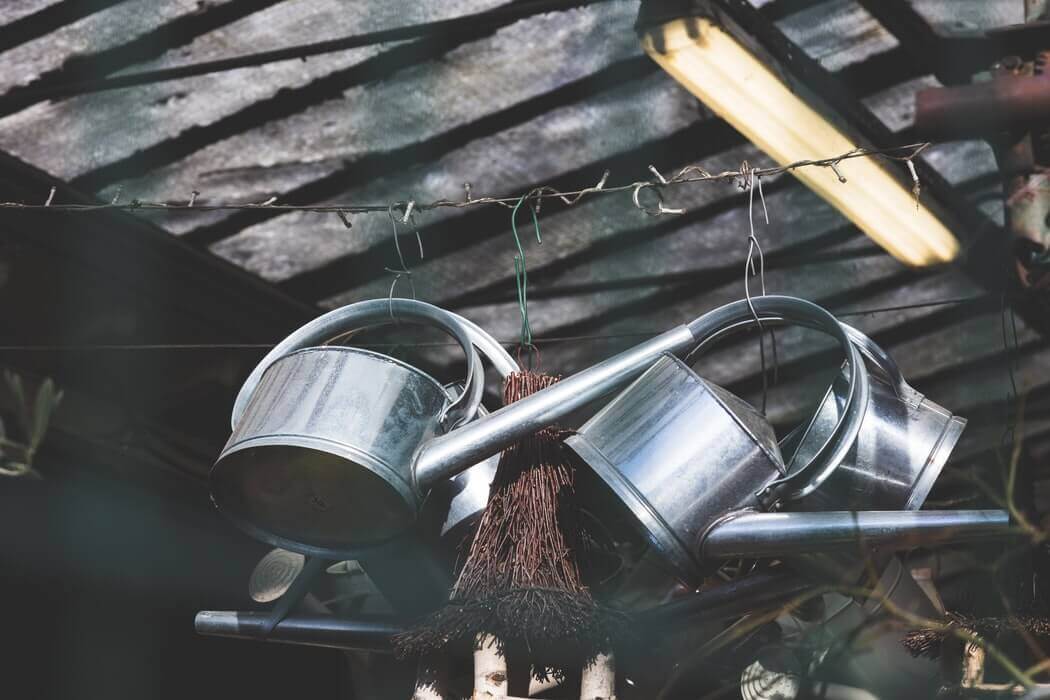 Metal is strong and durable, but be careful nonetheless.
Metal is strong and durable, but be careful nonetheless.
When It Comes to Your Relocation – Make Sure You Hire Professional Long-Distance Movers
Whether you’re on a last-minute moving or waiting for the best time of the year to move – duct tape will be your ally and answer to all your how to pack a computer for moving, how to pack electronics for moving, how to pack sculptures questions. It’s especially useful when packaging fragile items, but it can be really hard to remove, so we hope these tips help take off some of your moving stress.
When it comes to packing, it’s also good to know what not to pack when moving, especially if you are using moving services from a long-distance moving company, as there are certain regulations on what can and can’t be transported by state-to-state movers. Or, you can just opt for packing services, let professionals do all the packing, and avoid the moving stress altogether.
And if you do opt to hire long-distance movers, make sure you are working with a reputable long-distance moving company. While moving scams are not that common, it’s better to be safe than sorry, so ask your friends and acquaintances for recommendations and check reviews online. After all, you want to make sure that your valued possessions are left in the hands of professionals who will handle them with care, as you do.







